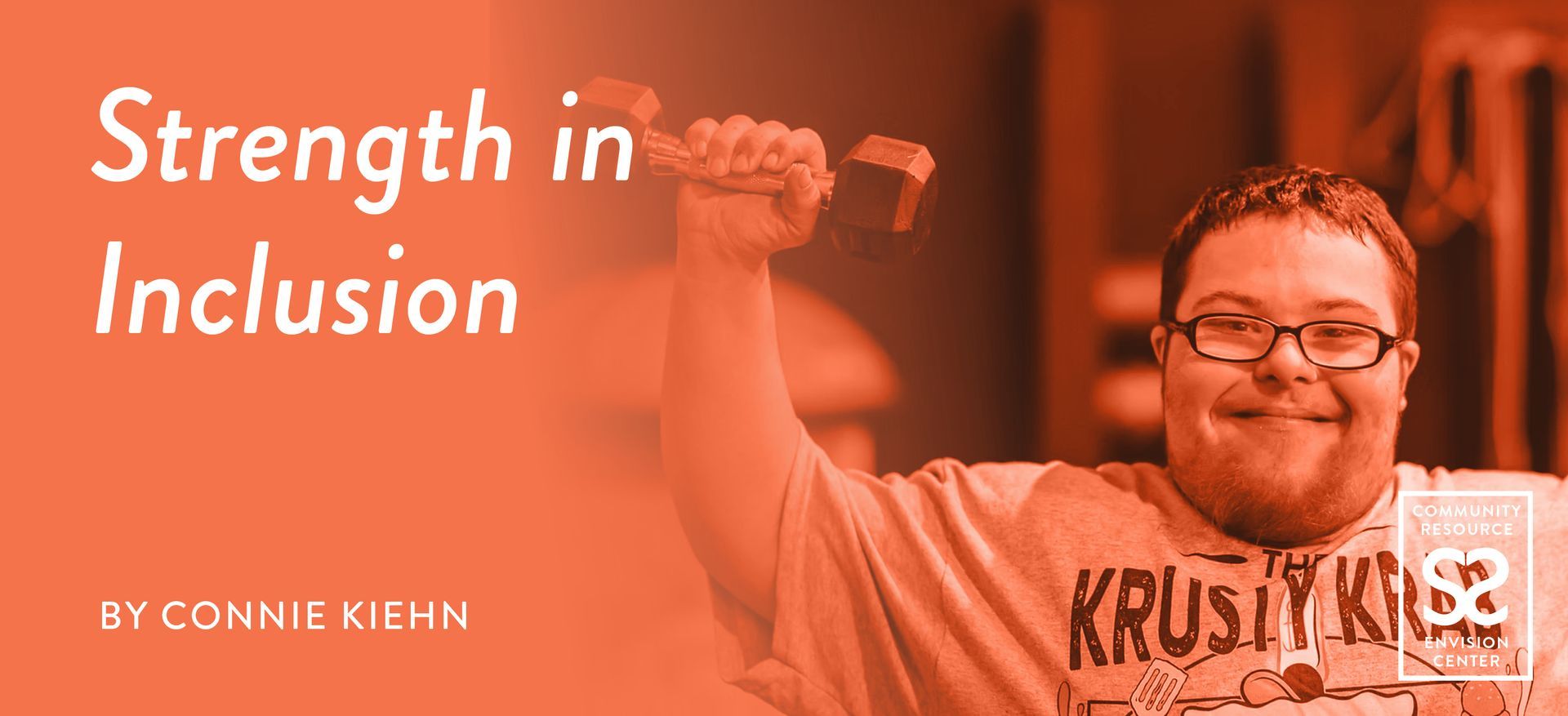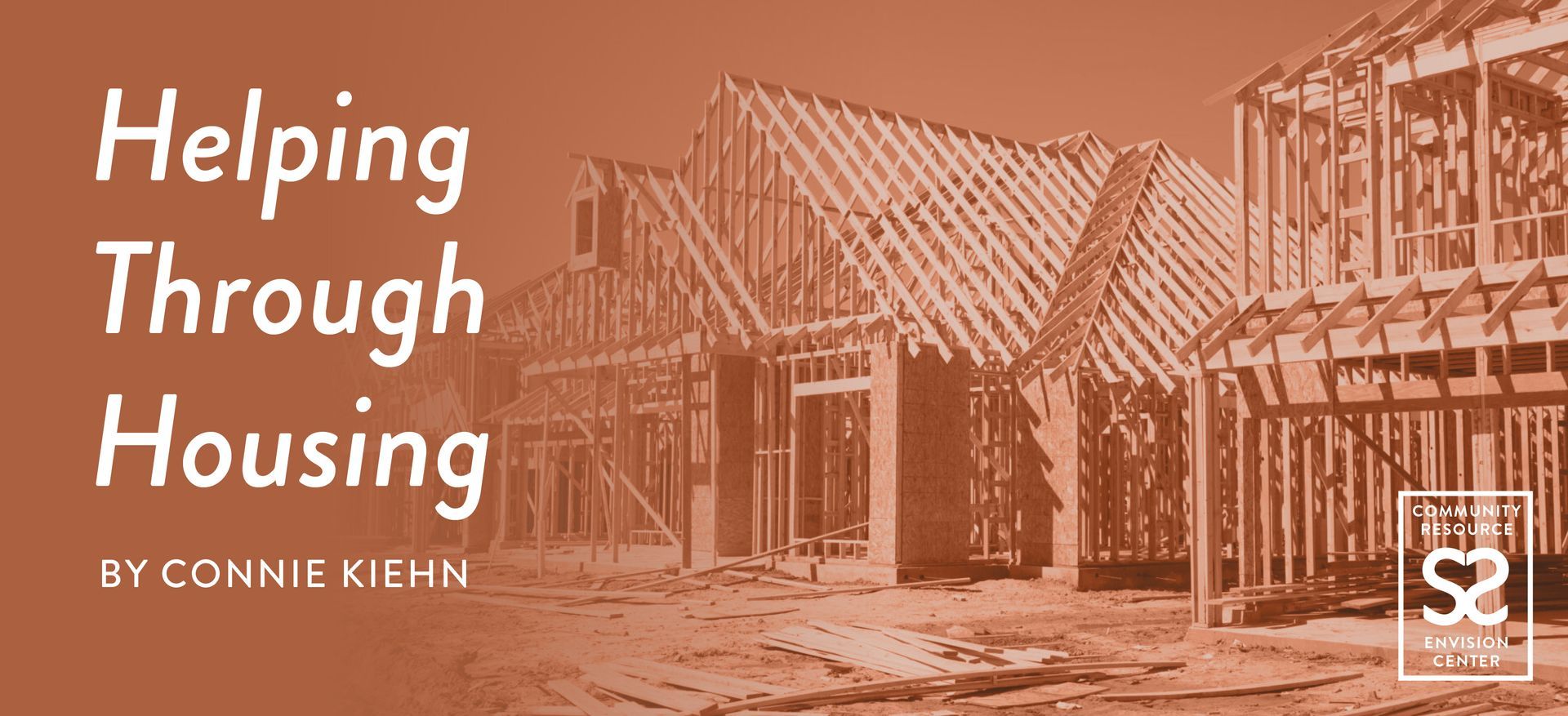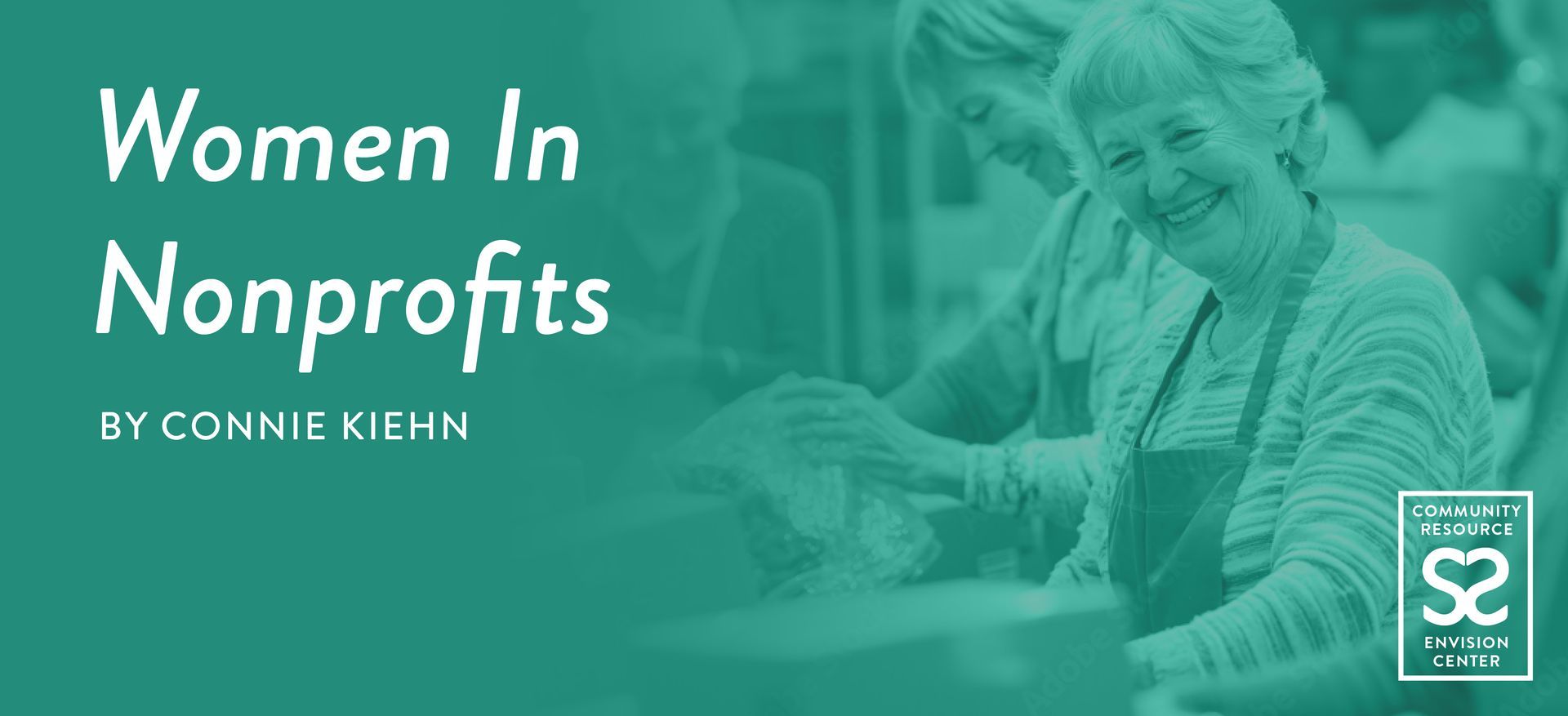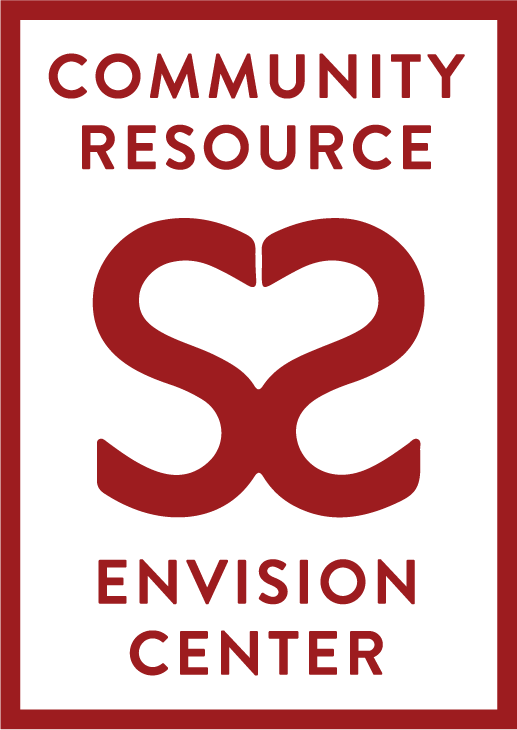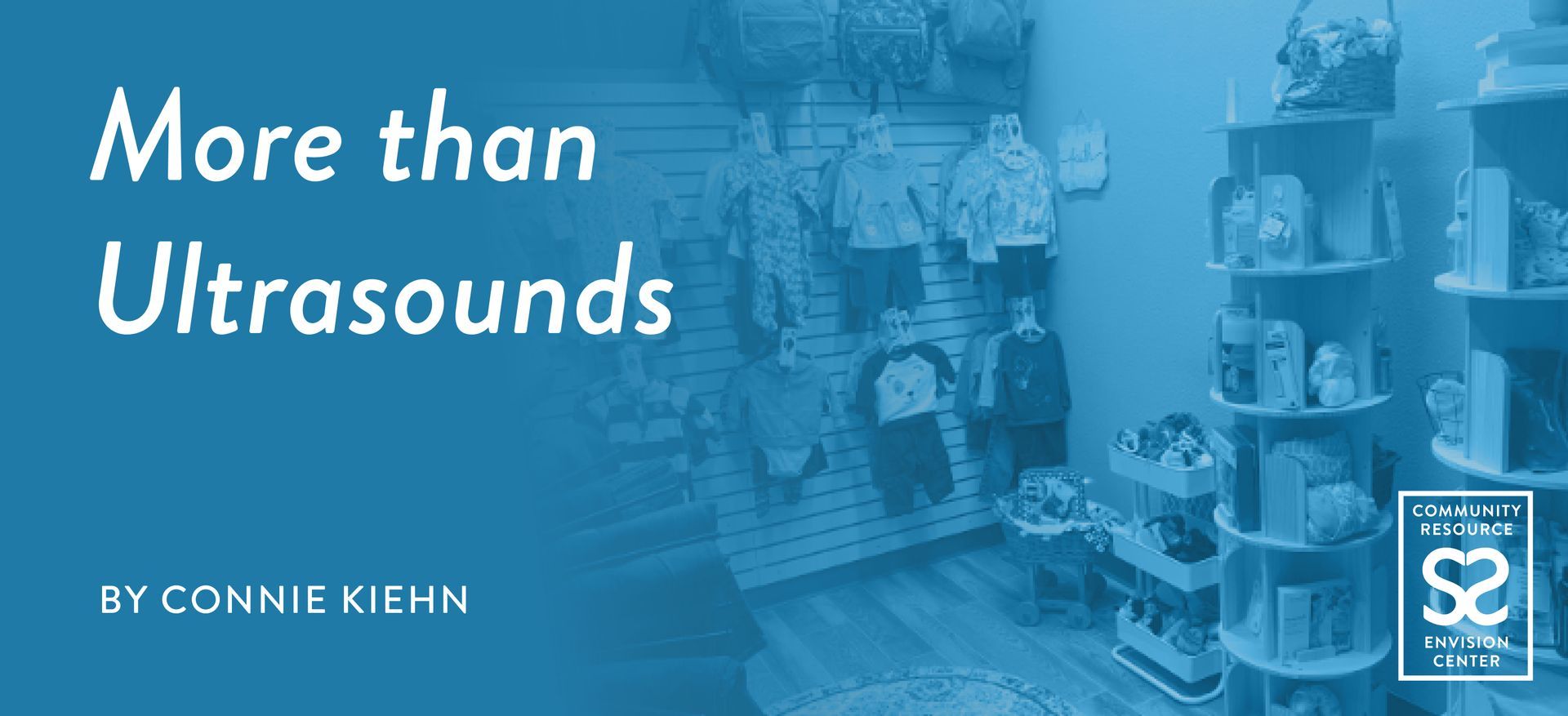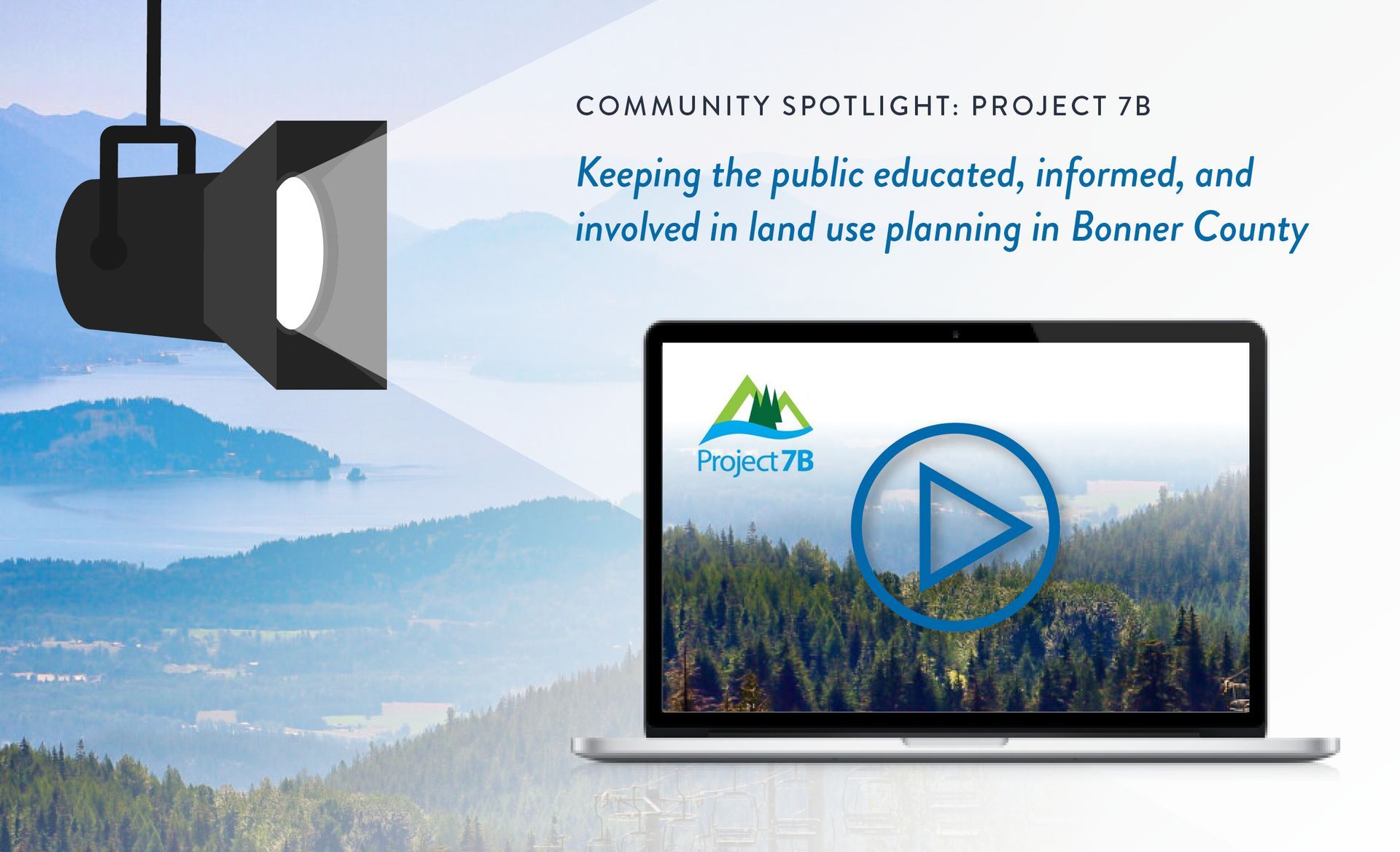
Community spotlight: project 7b
Keeping the public educated, informed, and involved in land use planning in Bonner County
Bonner County is a special place, defined by water, woods, mountains, broad valleys, and a sense of rugged individualism. As more and more people call it home, how do we make room for one another and collectively plan for it’s inevitable change?
Luckily for us, there are groups out there thinking about these things not only helping us stay informed and educated, but inviting us to get involved in that conversation. In our latest podcast episode, we sit down with Project 7B board member, Susan Drumheller, who sheds light on the projects they are tracking and how you as a community member can get involved and stay informed!
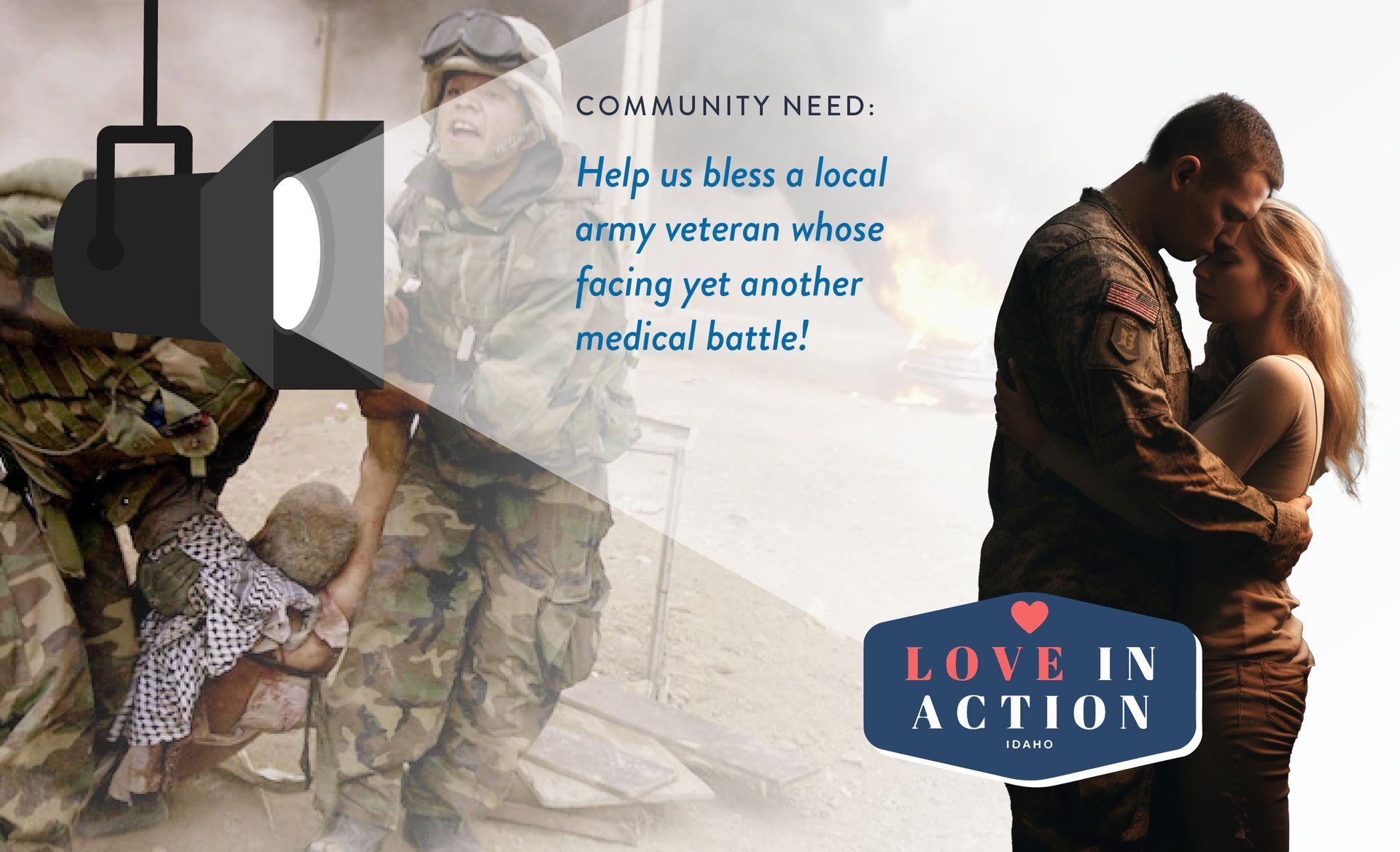
Community need:
Help us bless a local army veteran whose facing yet another medical battle!
An officer of our local VFW Post, approximately 20 local veterans, and North Idaho Spas are coming together to bless and assist a local Veteran in need of some extra support.
In June 2010, a Sandpoint Army Captain was leading a patrol through a village when a suicide bomber detonated an IED that killed some of his men, wounded him severely, and killed many civilians. He was evacuated with a brain injury and during his initial operation to remove shrapnel, the surgeons found he had a large
brain tumor. After tumor surgery he was treated with radiation and chemotherapy before being medically discharged from the service. His tumor has now returned and he is undergoing grueling chemotherapy.
His veteran community would love to honor this wonderful friend, father, husband and a dedicated and decorated patriot by putting in a therapeutic spa at his home. In the next sixty days they are hoping to raise the remaining $5k to make this a reality and are seeking financial support from the community.
Donations for this local veteran can be made through Love In Action Idaho at the link below.

CREC spotlight:
Whether your the kind of golfer that is looking to win big or to wind down with a few beers on the course, this friendly yet fierce competition is a great way to have some fun while supporting your community and the work we do at the EnVision Center!


